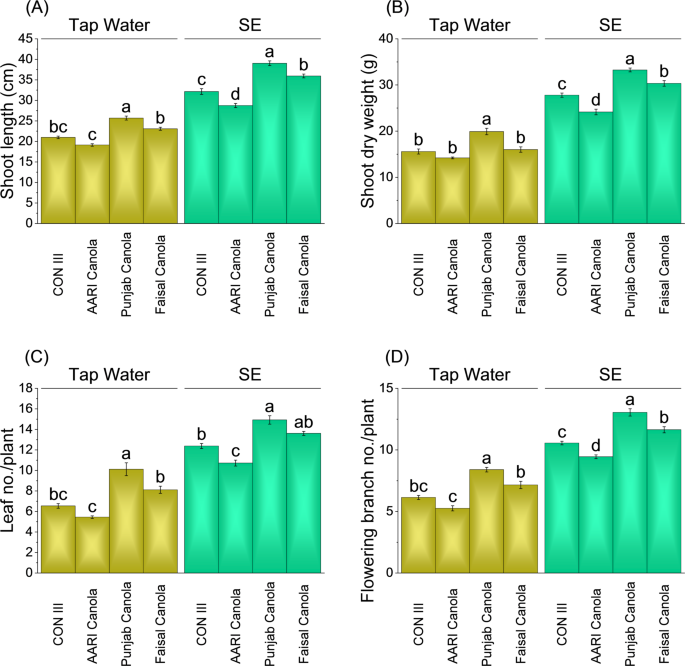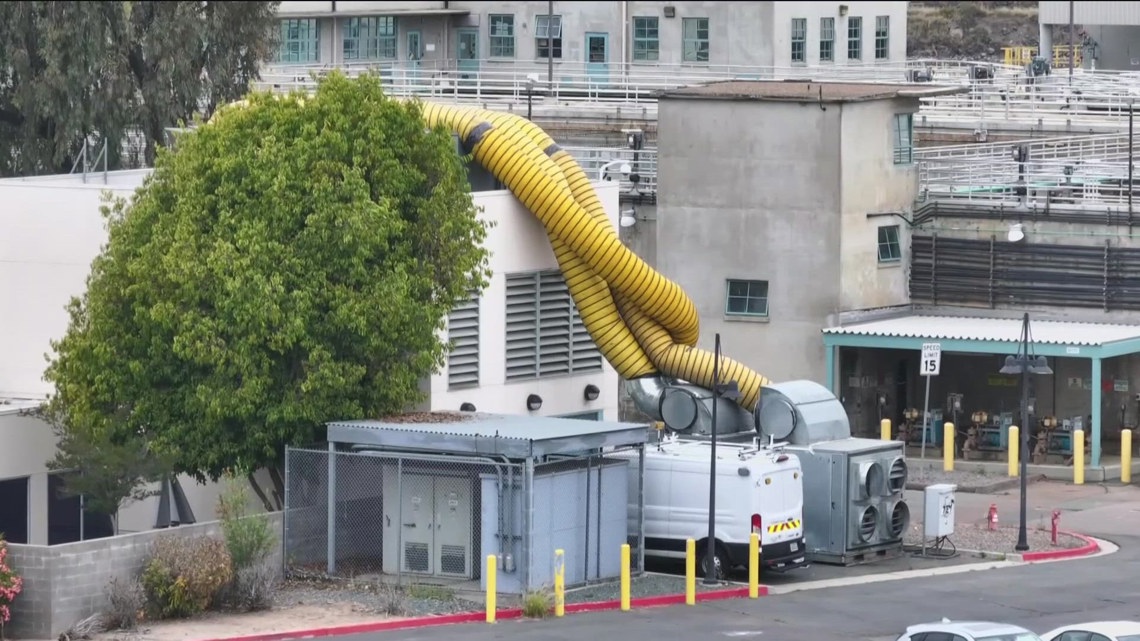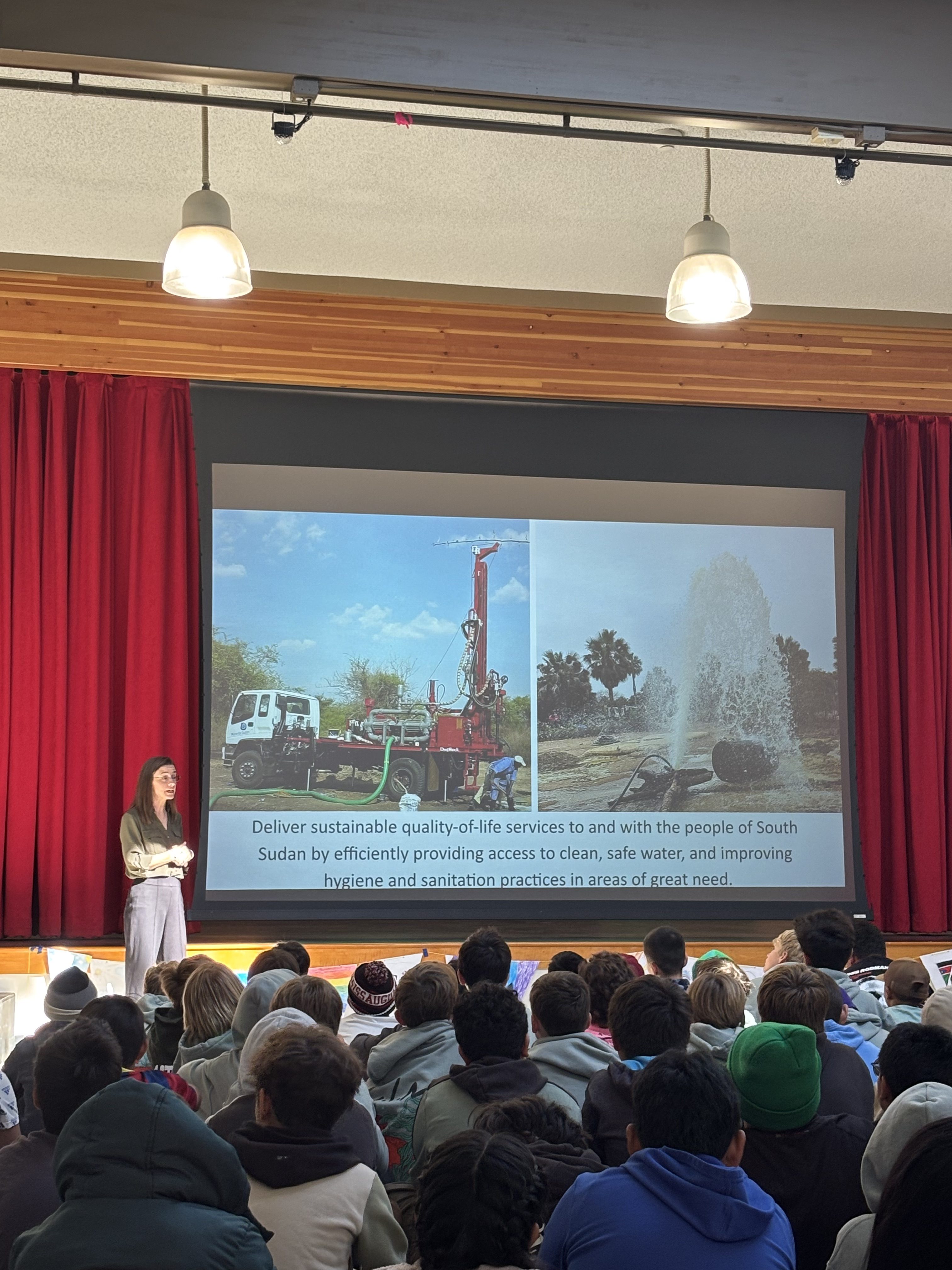State-Led Intervention Addresses Homeless Encampments in Austin, Texas, Highlighting Urban Sustainability Challenges
1.0 Executive Summary
The State of Texas has initiated a multi-agency operation to dismantle homeless encampments in Austin, citing public safety and health concerns. This action, led by Governor Greg Abbott, involves the Texas Department of Public Safety, Texas State Guard, and National Guard. While the state frames the operation as a necessary measure for public safety, aligning with aspects of Sustainable Development Goal 11 (Sustainable Cities and Communities), it has raised significant concerns among city officials regarding coordination, transparency, and its impact on long-term solutions for homelessness, which are central to SDG 1 (No Poverty) and SDG 10 (Reduced Inequalities).
2.0 State Operation and Public Safety Rationale
The state-led operation commenced in late 2023 with the objective of clearing encampments and addressing associated public safety risks. Governor Abbott’s administration emphasized the need to create a safer and cleaner environment for residents and businesses, a goal related to SDG 11’s target of ensuring safe and inclusive urban spaces.
2.1 Stated Objectives
- Enhance public safety by removing encampments perceived as hazardous.
- Eliminate public health risks associated with debris, including used needles and weapons, contributing to SDG 3 (Good Health and Well-being).
- Enforce state laws and local ordinances, a function related to SDG 16 (Peace, Justice and Strong Institutions).
3.0 Operational Outcomes and Enforcement Statistics
Since its inception, the operation has yielded quantifiable results in law enforcement and sanitation. These outcomes directly address the state’s public safety mandate but do not provide data on the well-being or housing status of the displaced individuals, a key indicator for SDG 1 and SDG 11.
3.1 Key Metrics Reported by the State of Texas:
- Encampments Removed: 48
- Debris Cleared: Over 3,000 pounds
- Felony Arrests: 24 repeat offenders
- Narcotics Seized: Over 125 grams
The report also noted that ten individuals were found to have outstanding warrants during the cleanup operations, further linking the initiative to law enforcement and the objectives of SDG 16.
4.0 Municipal Response and Coordination Challenges
Austin city officials have expressed significant concerns regarding the state’s unilateral approach, highlighting a lack of communication and collaborative planning. This disconnect undermines the principles of SDG 16, which calls for effective, accountable, and inclusive institutions at all levels.
4.1 Concerns from City Leadership:
- Lack of Transparency: Mayor Kirk Watson noted the city was not informed where displaced individuals were being relocated, questioning the operation’s effectiveness in addressing the root causes of homelessness as targeted by SDG 1.
- Inefficient Resource Allocation: David Gray, Director of the city’s Homeless Strategy Office, reported that the unannounced arrival of state forces at a city-managed cleanup site led to a duplication of efforts and inefficient use of municipal resources. This points to a failure in inter-institutional partnership, a key component for achieving the SDGs.
5.0 Stakeholder Perspectives and SDG Implications
The operation has garnered support from groups prioritizing public order and safety, while implicitly raising questions about its alignment with broader human-centered development goals.
- Support for Intervention: Organizations like Save Austin Now and the Austin Police Association praised the governor’s actions, framing the encampments as a threat to public safety, health, and the environment. This perspective prioritizes targets within SDG 11 related to public spaces and safety.
- Critique of Approach: The state’s focus on enforcement and clearance, without a clear, communicated strategy for housing and support, fails to comprehensively address the multifaceted nature of homelessness. This approach risks contravening the foundational principles of SDG 1 (No Poverty), SDG 10 (Reduced Inequalities), and SDG 11’s target to ensure access to adequate and affordable housing for all. The relocation of individuals without clear support systems may exacerbate vulnerabilities, working against the core SDG pledge to “leave no one behind.”
Analysis of Sustainable Development Goals in the Article
1. Which SDGs are addressed or connected to the issues highlighted in the article?
-
SDG 1: No Poverty
- The article’s central theme is homelessness, which is the most extreme form of poverty. The state-led operation to remove encampments and relocate “individuals experiencing homelessness” directly engages with the population living in poverty.
-
SDG 3: Good Health and Well-being
- The article highlights public health concerns associated with homeless encampments, specifically mentioning the removal of “needles” and the seizure of “narcotics.” These elements point to issues of substance abuse and the risk of disease transmission in unsanitary living conditions.
-
SDG 10: Reduced Inequalities
- Homelessness represents a significant social and economic inequality. The article discusses a marginalized group lacking access to basic services like housing and sanitation, highlighting their exclusion from the broader community and the tensions between state and city-level responses to their situation.
-
SDG 11: Sustainable Cities and Communities
- The article focuses on urban issues in Austin, Texas. It addresses the lack of adequate housing (homeless encampments), the management of municipal waste (“3,000 pounds of debris”), and the safety and accessibility of public spaces like city trails. The entire operation is framed as an effort to make Austin “safer and cleaner for residents and visitors.”
-
SDG 16: Peace, Justice and Strong Institutions
- The article details law enforcement actions, including the arrest of “24 repeat felony offenders” and the seizure of “weapons.” It discusses the enforcement of a local camping ban (Prop B) and the state’s intervention to address public safety risks, connecting the issue of homelessness to the rule of law and justice. The lack of coordination between state and city officials also touches upon institutional effectiveness.
2. What specific targets under those SDGs can be identified based on the article’s content?
-
Under SDG 1 (No Poverty)
- Target 1.2: By 2030, reduce at least by half the proportion of men, women and children of all ages living in poverty in all its dimensions according to national definitions. The article addresses homelessness, a critical dimension of poverty that the state operation aims to reduce from public view, although the effectiveness in reducing homelessness itself is questioned.
-
Under SDG 3 (Good Health and Well-being)
- Target 3.5: Strengthen the prevention and treatment of substance abuse, including narcotic drug abuse and harmful use of alcohol. The seizure of “over 125 grams of narcotics” and the presence of “needles” directly relate to substance abuse within the homeless encampments, a key public health challenge.
-
Under SDG 10 (Reduced Inequalities)
- Target 10.2: By 2030, empower and promote the social, economic and political inclusion of all, irrespective of age, sex, disability, race, ethnicity, origin, religion or economic or other status. The article implicitly highlights the social exclusion of individuals experiencing homelessness. The operation to remove them, without clear information on relocation (“We don’t know where they’re sending anybody”), raises questions about their inclusion and access to support systems.
-
Under SDG 11 (Sustainable Cities and Communities)
- Target 11.1: By 2030, ensure access for all to adequate, safe and affordable housing and basic services and upgrade slums. The existence of 48 homeless “encampments” is a direct indicator of a failure to provide adequate and safe housing for all residents of Austin.
- Target 11.6: By 2030, reduce the adverse per capita environmental impact of cities, including by paying special attention to air quality and municipal and other waste management. The removal of “over 3,000 pounds of debris” is a direct action related to municipal waste management to address the environmental impact of the encampments.
-
Under SDG 16 (Peace, Justice and Strong Institutions)
- Target 16.1: Significantly reduce all forms of violence and related death rates everywhere. The operation’s focus on public safety, including the seizure of “weapons” and addressing encampments near schools, is aimed at reducing potential violence and crime.
- Target 16.3: Promote the rule of law at the national and international levels and ensure equal access to justice for all. The article mentions the enforcement of a homeless camping ban (Prop B) and the arrest of individuals with “outstanding warrants” and “repeat felony offenders,” which are actions related to promoting the rule of law.
3. Are there any indicators mentioned or implied in the article that can be used to measure progress towards the identified targets?
Yes, the article provides several specific quantitative and qualitative indicators that can be used to measure the outputs of the state’s operation, which align with the identified targets.
- For Target 11.1 (Access to Housing): The number of encampments is a key indicator of the scale of homelessness. The article states that 48 encampments were removed. While this measures the action taken, it doesn’t measure progress toward providing housing, as the number of relocated individuals and their destinations were not disclosed.
- For Target 11.6 (Waste Management): A direct quantitative indicator is provided for waste removal. The article specifies that “over 3,000 pounds of debris” were removed, which measures progress in cleaning public spaces.
- For Target 3.5 (Substance Abuse): The article provides a direct indicator related to drug control efforts. It states that “over 125 grams of narcotics” were seized. The mention of removing “needles” is a qualitative indicator of addressing drug paraphernalia.
- For Targets 16.1 and 16.3 (Justice and Safety): The article offers several law enforcement metrics that serve as indicators. These include the arrest of 24 repeat felony offenders, the identification of 10 subjects with outstanding warrants, and the seizure of “weapons,” which is a qualitative indicator of reducing potential violence.
4. Table of SDGs, Targets, and Indicators
| SDGs | Targets | Indicators Identified in the Article |
|---|---|---|
| SDG 1: No Poverty | 1.2: Reduce poverty in all its dimensions. | The presence and subsequent removal of individuals “experiencing homelessness.” |
| SDG 3: Good Health and Well-being | 3.5: Strengthen the prevention and treatment of substance abuse. |
|
| SDG 10: Reduced Inequalities | 10.2: Promote the social, economic and political inclusion of all. | The forced relocation of a marginalized group without clear communication on their new locations or support systems. |
| SDG 11: Sustainable Cities and Communities | 11.1: Ensure access for all to adequate, safe and affordable housing. | Removal of 48 homeless encampments. |
| 11.6: Reduce the adverse per capita environmental impact of cities, including waste management. | Removal of “over 3,000 pounds of debris.” | |
| SDG 16: Peace, Justice and Strong Institutions | 16.1: Significantly reduce all forms of violence. | Seizure of “weapons.” |
| 16.3: Promote the rule of law and ensure equal access to justice. |
|
Source: foxsanantonio.com







